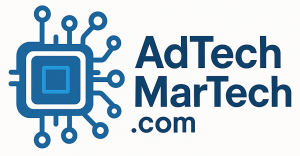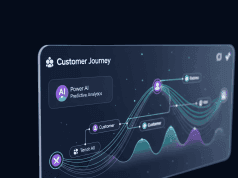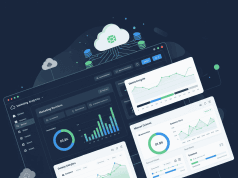In today’s digital landscape, where competition is fierce and customer expectations are constantly evolving, businesses must find innovative ways to maximize their return on investment (ROI) in marketing. One of the most effective solutions is leveraging marketing software—a powerful tool that can transform your strategy, optimize efforts, and ultimately drive better results.
Understanding ROI in Marketing
ROI in marketing refers to the revenue gained from marketing efforts relative to the costs incurred. A positive ROI indicates that a marketing investment is generating more revenue than it costs. As businesses strive for profitability, it is crucial to focus on strategies and tools that enhance marketing efficiency.
The Role of Marketing Software
1. Data Management and Analytics
Marketing software provides companies with the ability to analyze vast amounts of data in real-time. This data-driven approach allows for:
- Performance Tracking: Monitor the effectiveness of various campaigns and channels.
- Customer Segmentation: Identify and target specific customer groups based on their behaviors and preferences.
- Predictive Analytics: Utilize historical data to forecast future trends, making informed decisions about marketing strategies.
2. Streamlined Campaign Management
Gone are the days of manually tracking multiple campaigns across different channels. Marketing software centralizes campaign management, allowing for:
- Automated Workflows: Simplify repetitive tasks such as email marketing, social media posting, and ad placement.
- Consistent Branding: Ensure that all campaigns maintain a cohesive look and feel, reinforcing your brand identity.
- A/B Testing: Test various elements of campaigns to determine which strategies yield the best results.
3. Enhanced Customer Engagement
Engaging customers effectively is crucial for driving conversions. Marketing software facilitates:
- Personalized Marketing: Deliver targeted content tailored to individual preferences, improving customer experience and increasing engagement.
- Multi-Channel Communication: Coordinate and manage communication across email, social media, SMS, and more from a single platform, ensuring a seamless experience for consumers.
- Feedback and Attribution: Gain insights into customer feedback and determine how they interact with your brand at different touchpoints.
4. Cost Efficiency
Marketing software can significantly reduce costs by:
- Resource Allocation: Help brands identify which channels and strategies deliver the best ROI, allowing for better budget allocation.
- Eliminating Redundancies: Streamline processes and resources, reducing waste and increasing overall productivity.
5. Integration Capabilities
Modern marketing software can seamlessly integrate with other business systems, such as CRM and ERP solutions. This integration allows for:
- Holistic View of Customer Data: Access comprehensive insights into customer interactions, behaviors, and purchasing patterns.
- Enhanced Collaboration: Foster communication between departments, allowing for better alignment between marketing, sales, and customer service teams.
Best Practices for Implementing Marketing Software
To maximize ROI through marketing software, organizations should consider the following best practices:
- Set Clear Objectives: Define specific goals for what you want to achieve with your marketing efforts—whether it’s increasing brand awareness, boosting sales, or improving customer retention.
- Choose the Right Tools: Select marketing software that aligns with your specific needs, objectives, and budget. Consider scalability and ease of use.
- Invest in Training: Equip your team with the necessary training to harness the full potential of the software. Understanding the tools is crucial for maximizing their effectiveness.
- Monitor and Adjust: Continually analyze data and performance metrics, making data-driven adjustments to campaigns based on results.
- Encourage Collaboration: Foster a culture where marketing, sales, and customer service teams collaborate and share insights, using data from the software to make informed decisions.
Conclusion
In a rapidly changing marketing environment, leveraging sophisticated marketing software is no longer optional; it’s essential. By streamlining processes, enhancing customer engagement, and using data-driven insights to inform strategies, businesses can significantly maximize their ROI. Embracing these tools not only transforms marketing efforts but also paves the way for sustained growth and profitability in an increasingly competitive marketplace.








